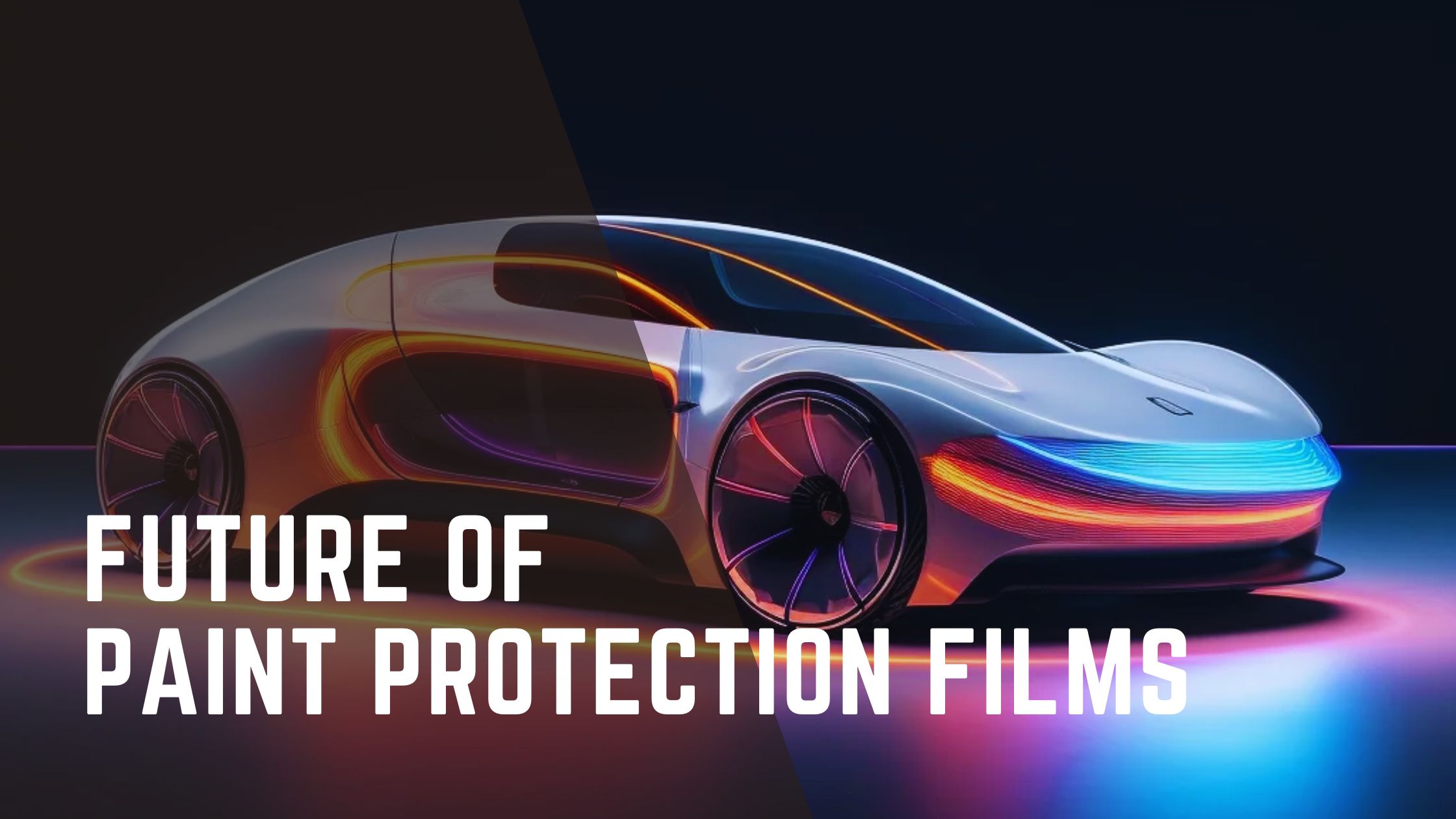
Paint Protection Film (PPF) is a popular choice for car owners looking to preserve their vehicle’s appearance. It’s a clear, protective layer that guards against scratches, chips, and environmental damage. PPF technology has advanced significantly over the years, offering even better durability and performance.
As car owners want to maintain their vehicles’ value and look, the demand for PPF has grown. Innovations in PPF are driven by the need for better protection and a desire for sustainability and compatibility with modern car technology. Exciting advancements are on the horizon, promising to make PPF more effective, eco-friendly, and adaptable to consumer needs.
This blog will discuss the latest developments in PPF technology. We’ll cover new materials, improved protective features, smart films, and advanced application methods. By understanding these innovations, car owners and industry professionals can stay informed about paint protection solutions.
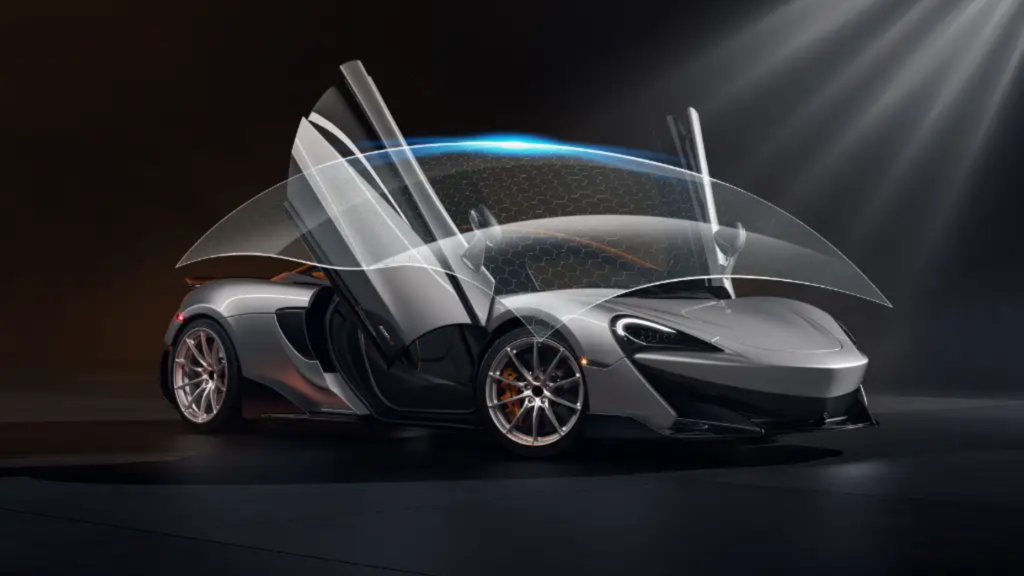
Materials Science is key to improving Paint Protection Film (PPF). Recent advancements have led to stronger, more efficient PPFs that offer better protection and look better.
New Polymer Technologies are one of the most exciting areas of innovation. These new polymers are designed to be more durable and resilient. Key advancements include:
Eco-friendly Materials are also being developed. As environmental concerns grow, the automotive industry is becoming more sustainable. This is evident in the development of eco-friendly PPF materials:
These advancements in material science are making PPF products better at protecting vehicles and aligning with the growing demand for environmentally responsible products. The integration of these cutting-edge materials will play a crucial role in the future of PPF, providing benefits that extend beyond just protecting automotive surfaces.
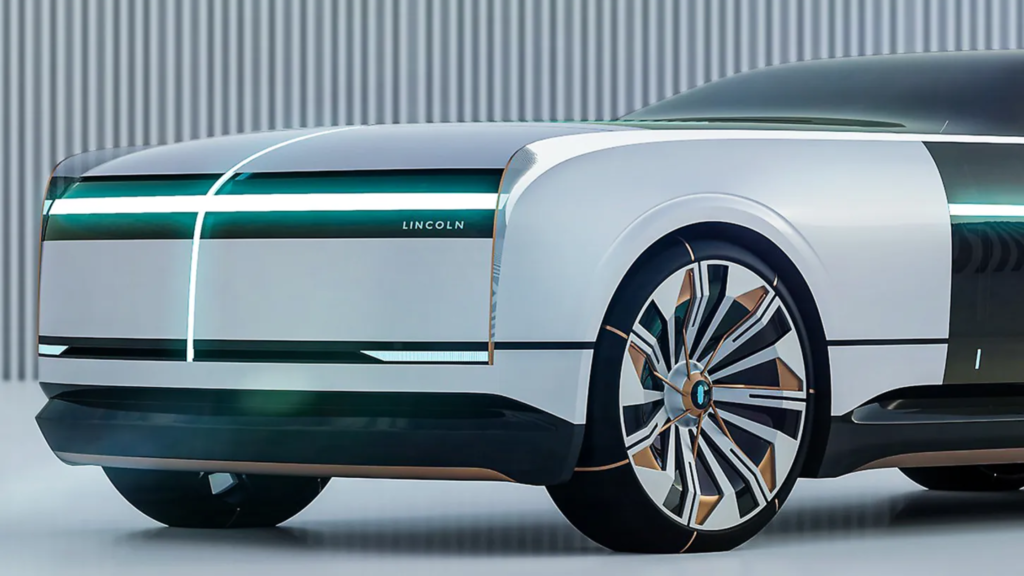
Paint Protection Film (PPF) is designed to protect vehicles from damage. Innovations are making PPF even better at preserving vehicles’ appearance and integrity.
Improved Scratch and Impact Resistance is one of PPF’s main functions. Recent advancements have significantly enhanced these protective features:
UV and Thermal Protection are also important. Innovations in PPF are addressing these concerns:
These enhanced protective features are crucial in extending the lifespan of both the PPF and the vehicle’s paint. By integrating improved scratch and impact resistance with superior UV and thermal protection, modern PPF products offer comprehensive protection that meets the evolving needs of vehicle owners.
Smart Features in Paint Protection Film (PPF) are becoming a reality. These innovations make PPF not only more protective but also more interactive and user-friendly.
Self-Healing Capabilities are one of the most remarkable innovations. These films can repair themselves when damaged, significantly enhancing their longevity and appearance.
Self-Cleaning Films are another exciting development. These films are designed to keep the vehicle’s surface cleaner for longer, reducing the need for frequent washing and maintenance.
The introduction of smart PPF technologies such as self-healing and self-cleaning capabilities is transforming how vehicle owners think about protection and maintenance. These innovations provide a higher level of convenience and effectiveness, ensuring vehicles stay in excellent condition with minimal effort. As technology continues to evolve, we can expect even more sophisticated smart features to be integrated into PPF, enhancing its functionality and appeal.
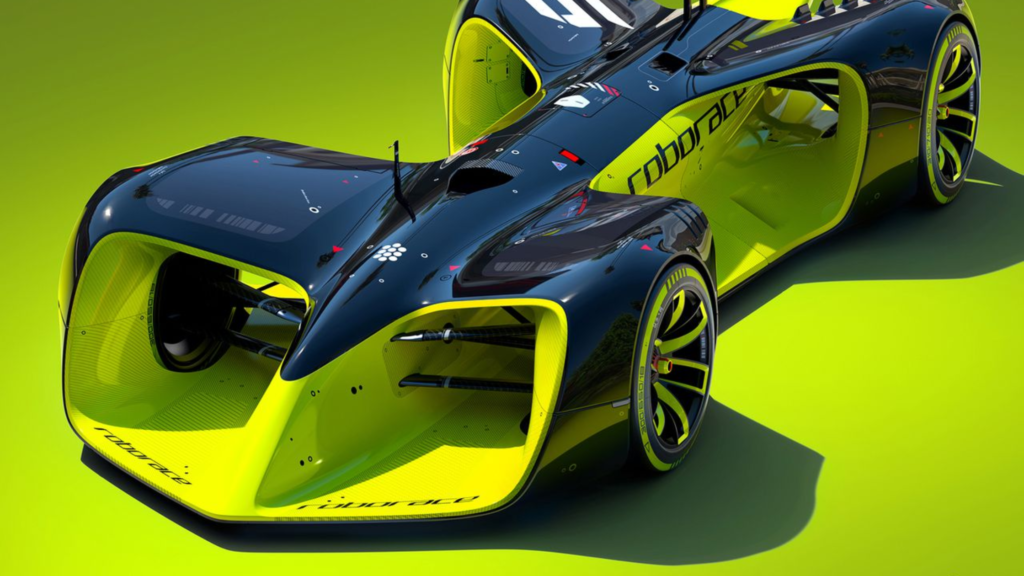
Customization and Aesthetics are becoming more important in Paint Protection Film (PPF). Innovations are allowing car owners to personalize their vehicles and enhance their appearance.
Enhanced Visual Appeal is offered by modern PPF products. These products go beyond traditional clear films to include various finishes and textures.
Color-Changing and Chameleon Films are one of the most exciting advancements. These films offer dynamic visual effects that can change based on lighting and viewing angles.
These advancements in customization and aesthetics are transforming PPF from a purely protective solution to a tool for personal expression and style. By offering a wide range of finishes and dynamic visual effects, modern PPF products cater to the diverse preferences of vehicle owners, allowing them to enhance both the look and the protection of their cars. As these technologies continue to evolve, we can expect even more innovative options for customizing and beautifying vehicles with PPF.
Application and Installation Techniques are important for the effectiveness and longevity of Paint Protection Film (PPF). Innovations are making the application process more efficient and accessible, ensuring better results and expanding the skillset of installers.
Advanced Application Methods are simplifying the process and improving the quality of installations.
Training and Certification for Installers are also important.
These advancements in application and installation techniques are crucial for maximizing the benefits of PPF. Easier application processes and the use of automation are making it more accessible, while enhanced training ensures that installers are equipped with the skills needed to apply the latest films effectively. Together, these innovations contribute to better protection, aesthetics, and customer satisfaction.
Integration with Other Technologies is shaping the future of Paint Protection Film (PPF). PPF is being designed to work with various automotive technologies, creating a seamless blend of protection and functionality.
The future of PPF is promising. Innovations in materials, protection, smart features, customization, application, and integration with other technologies are transforming PPF. These advancements are making PPF more durable, effective, convenient, visually appealing, and accessible.
By understanding and embracing these innovations, you can make informed decisions about paint protection solutions and ensure that your vehicle benefits from the latest in PPF technology.
Join the ONYX COATING Community to learn more about the New Innovations of PPF and to interact with a audience of fellow car care professionals.

Watch as water beads off the deck with our super hydrophobic coatings.

Protect the paintwork from UV damage and keep its vibrant colour despite the conditions.

Let the fear of a rough docking be a thing of the past with a 10H coating.

With minimal maintenance, our products are guaranteed to provide protection for years to come.

With our chemical and contaminant resistant coating, the surface is kept clean. Needing only minor occasional maintenance.

Trusted in 70+ countries, Onyx Coating is the top choice for professionals and car owners seeking premium protection.

Our ceramic coatings adhere to the surface making it resistant to corrosion and oxidation and contamination-free.

Bonds tight with the surtace to maintain a uniform cover and protect the surface evenly.
If you are interested in our products or keen to work with us, send us a message and we will get in contact with you to schedule a quick call or contact us via our email info@onyxcoating.com
Once this information has been received our team will review the accounts and get into contact with you.
With the world’s first N1 nano coating product under our name, we are one of the most advanced automotive protection providers in the market.
Sign up for the latest offers & promotions


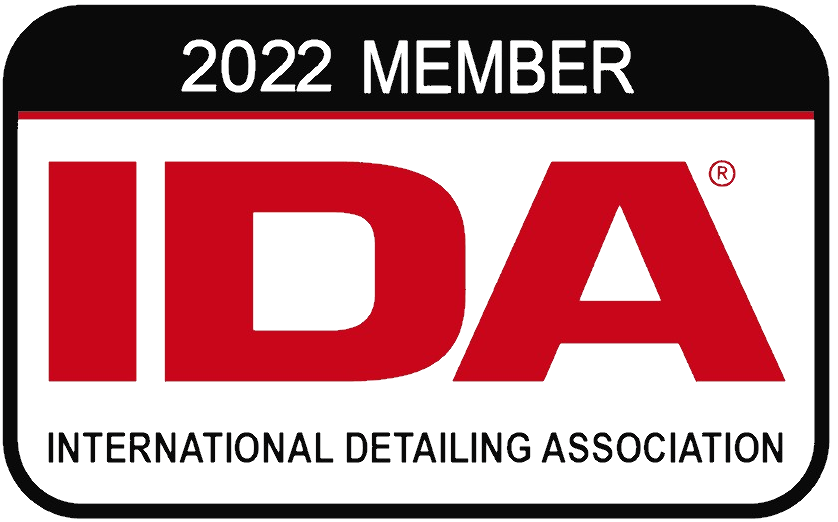

© ONYX COATING 2025. All Rights Reserved.